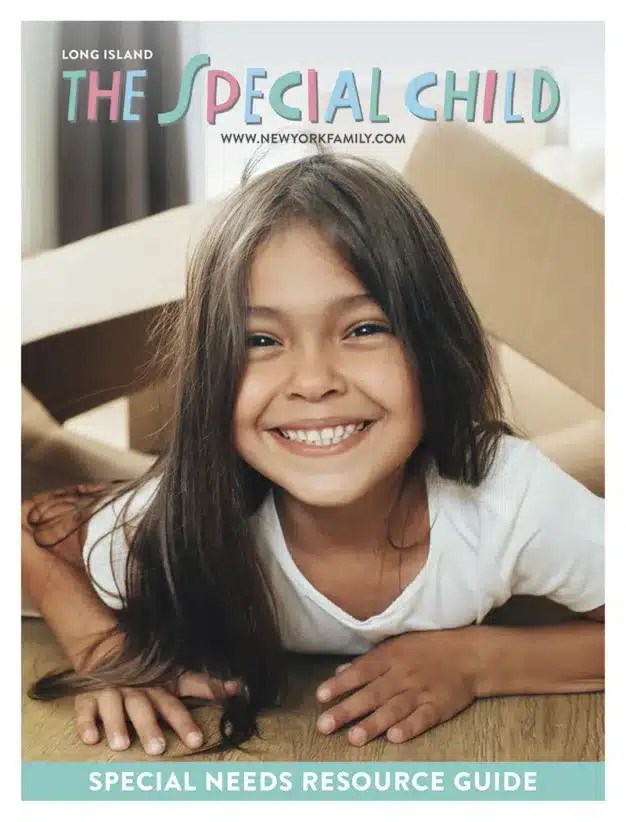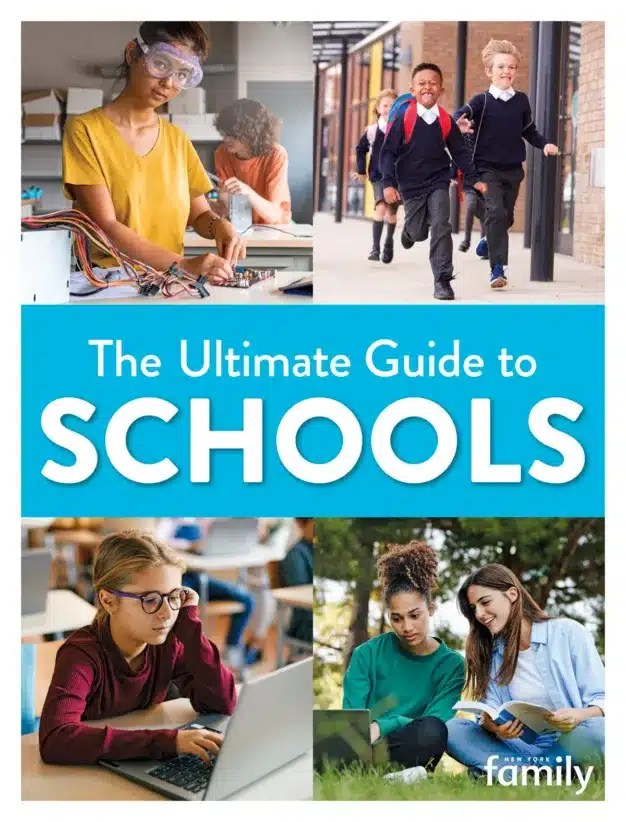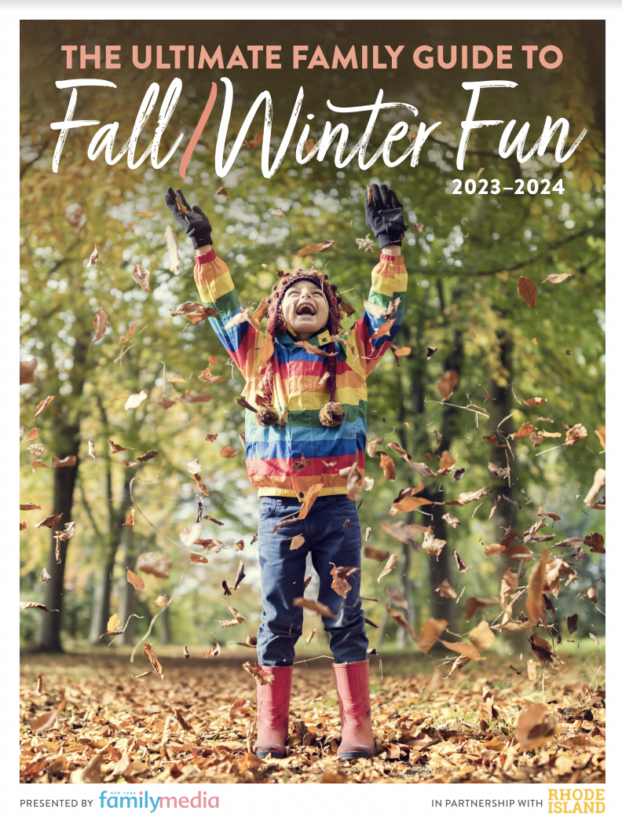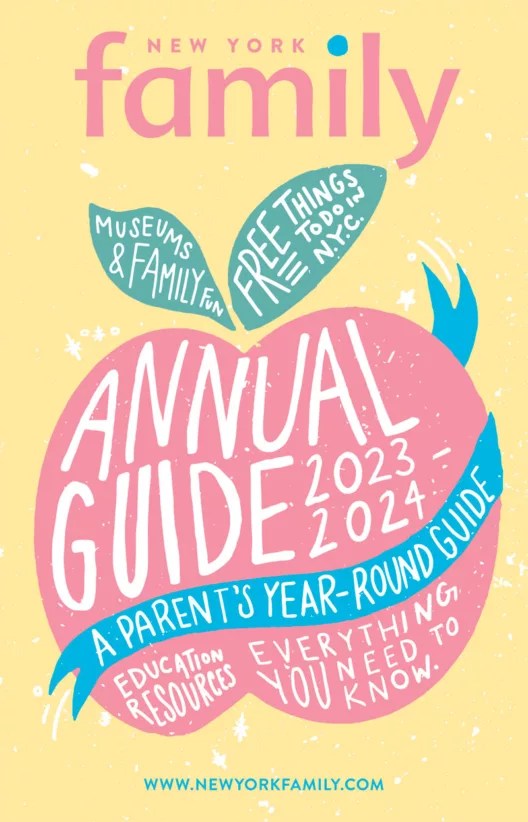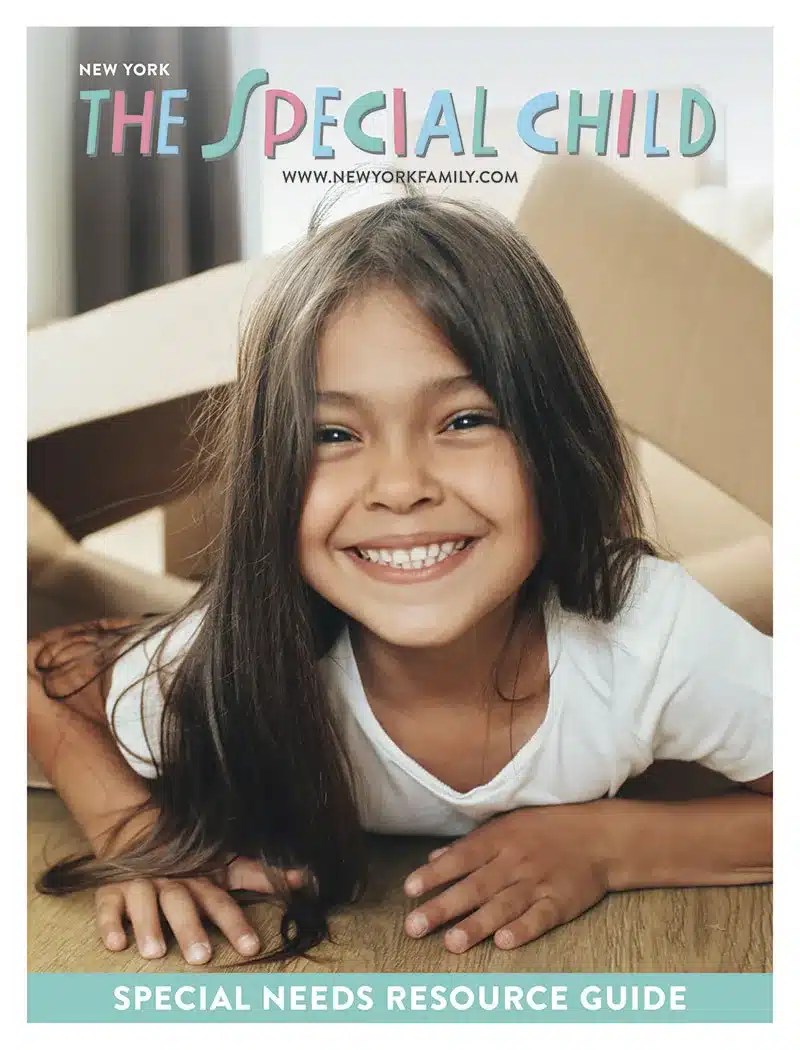“Just show me the picture,” insisted my 12-year-old son as we tried to organize the 100+ parts for his new four-stroke, internal combustion engine model.
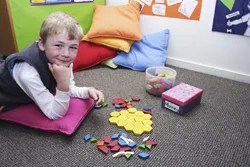
I wanted to locate and arrange each plastic piece in numeric order and then read the entire 40-page instruction manual before starting to build. He just needed to see the diagrams. That’s a visual learner for you.
There are three basic ways people learn: visual (see), auditory (listen/speak), or kinesthetic-tactile (touch/do). Almost all humans start out kinesthetic. Babies explore by putting everything into their mouths. Toddlers can’t stop touching stuff. By the time children are ready for preschool, they may have gravitated toward visual or auditory learning styles. When parents observe their children’s learning styles, it makes it easier to help them learn. It’s also a good exercise to find out how you learn — since this could complement or contrast with your child’s style.
On Being Seen
Visual learners need to see something to truly understand it and can remember visual details. Children who prefer to learn visually like to use diagrams and maps, watch demonstrations, read the words, watch videos. Books with large cut-aways or concepts presented as colorful charts can be effective.
When I want my son to follow a procedure, we write a short sequence list. It prevents that I’ve-told-you-20-times harping. My visual learner is great at remembering driving directions — even if we’ve only been there once, three years ago.
Listening Up
Auditory learners seem to learn best when they hear the information. Regardless of a child’s reading skills, introduce new information by reading it to him. The Charlotte Mason method, with its narrative “Tell me everything you know about…” element can be a good choice for auditory learners. Lectures and group discussions can be effective learning situations.
Truly Hands-On
Children who need to learn by touching, doing or moving are often labeled hyperactive in a more traditional school situation. It would be so much better if kinesthetic kids could get up, sit on different chairs and locations, write letters and words in the sand or clay and even walk as they read.
Play with math manipulatives such as beads, blocks or interlocking cubes. Use puzzles, small touchable objects, specimens or samples.
Parent’s Style, Too
Lorraine Peoples, author of You Can Teach Someone to Read, suggests it’s not just how a child learns that a parent needs to consider, but also how the parent reacts to his or her child’s learning. For instance, with a visual learner, it’s important to be aware of your facial gestures, both positive and negative. The tone and inflection in your voice will speak volumes to an auditory learner. And let your can’t-sit-still kinesthetic learner take an active part in his or her lessons, suggests Peoples.
In the early 1980s, Howard Gardner, a professor of education at Harvard University, developed the theory of Multiple (or the Seven) Intelligences: Linguistic (words), Logical-Mathematical (numbers/reasoning), Spatial (pictures/images), Musical (tone, rhythm and timbre), Bodily-Kinesthetic (whole body/hands), Interpersonal (social interactions) and Intrapersonal (self-knowledge). Dr. Thomas Armstrong has written several books on determining a person’s area of strength, including In Their Own Way: Discovering and Encouraging Your Child’s Multiple Intelligences.
In addition, Daniel Goleman’s book, Emotional Intelligence: Why It Can Matter More Than IQ, uses brain and behavioral research to suggest healthy emotions — more than book-smarts — as the strongest indicator of human success. He defines emotional intelligence in terms of self-awareness, altruism, personal motivation, empathy and the ability to love and be loved.
The Keirsey Temperament Sorter categorizes individuals into one of the four temperaments: Rationals (such as Einstein), Idealists (such as Gandhi), Artisans (such as Hemingway), or Guardians (such as Washington). From there, each temperament is further divided by role variants. Check out Keirsey’s website: www.keirsey.com.
Remember, though, that labeling your child is a double-edged sword. It can become a self-fulfilling prophecy.
But the truth is that we’re all a little bit of all these learning styles and more.
